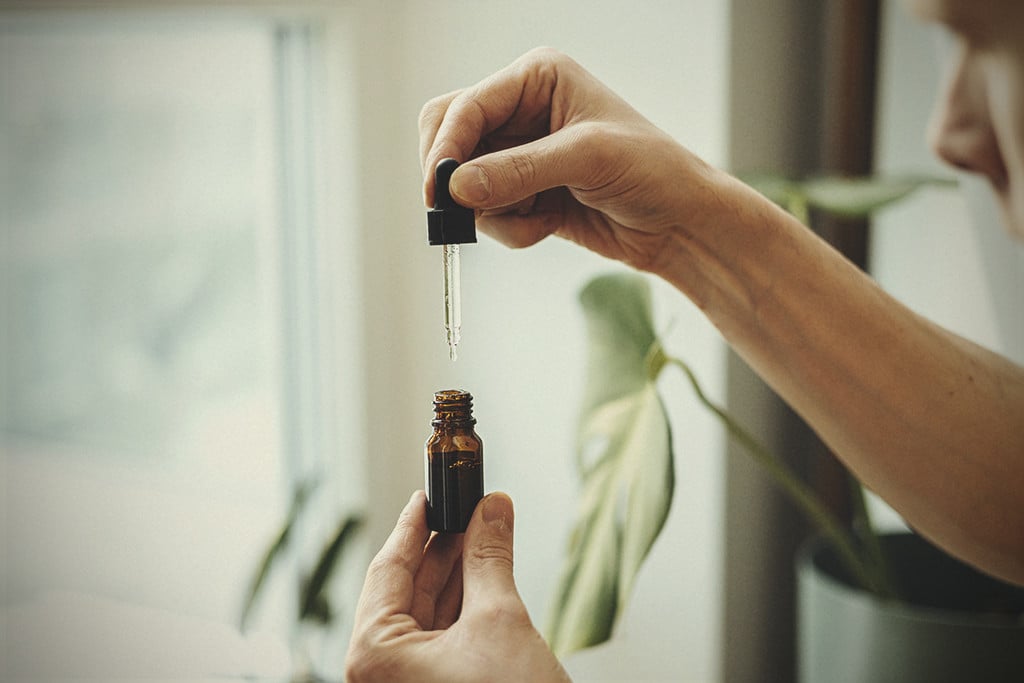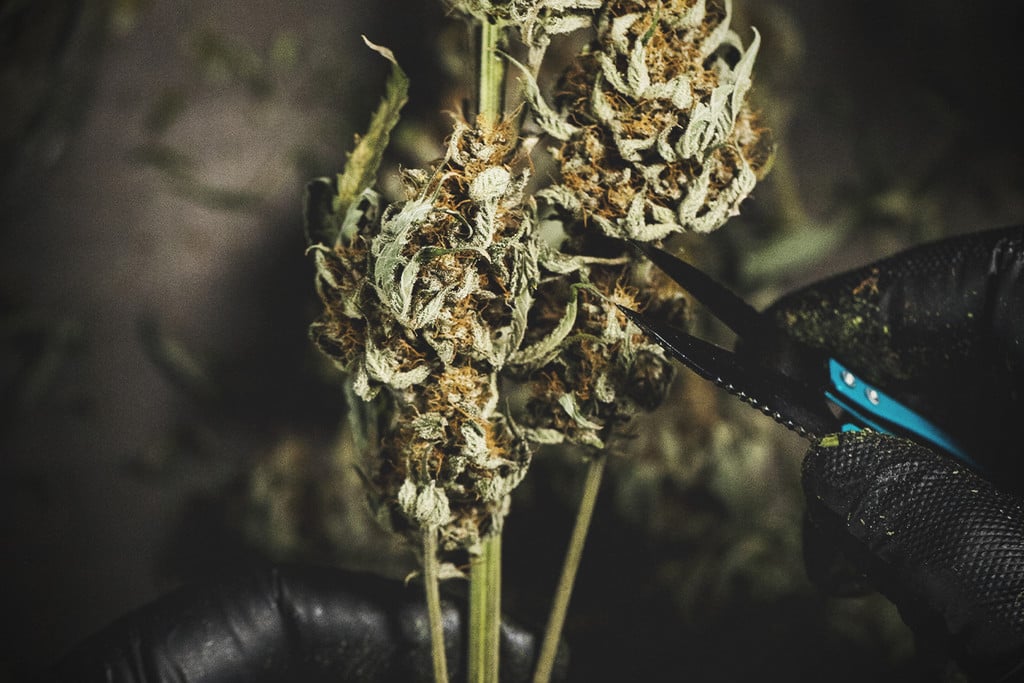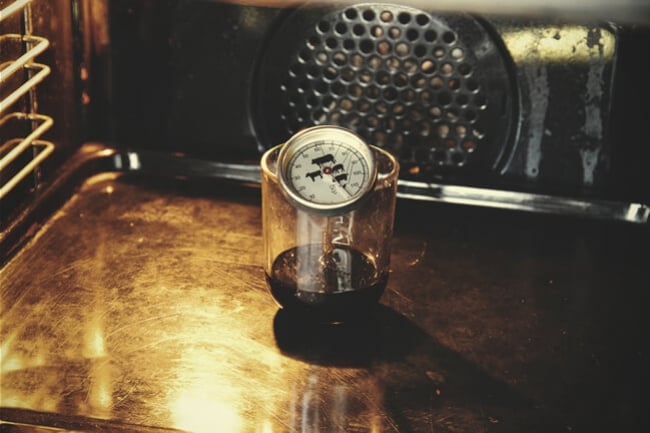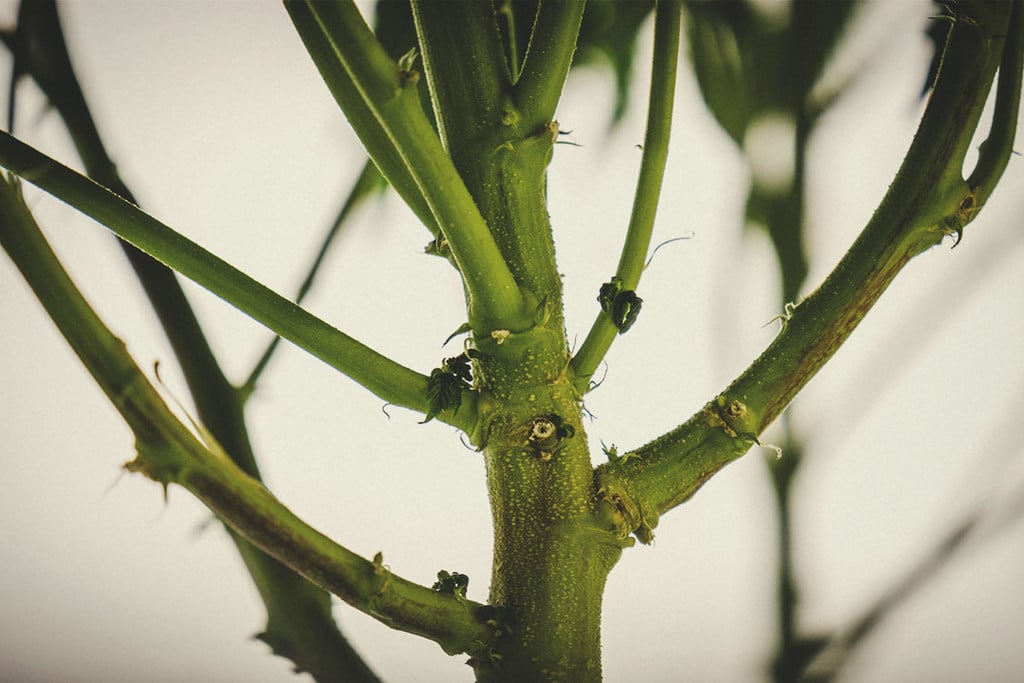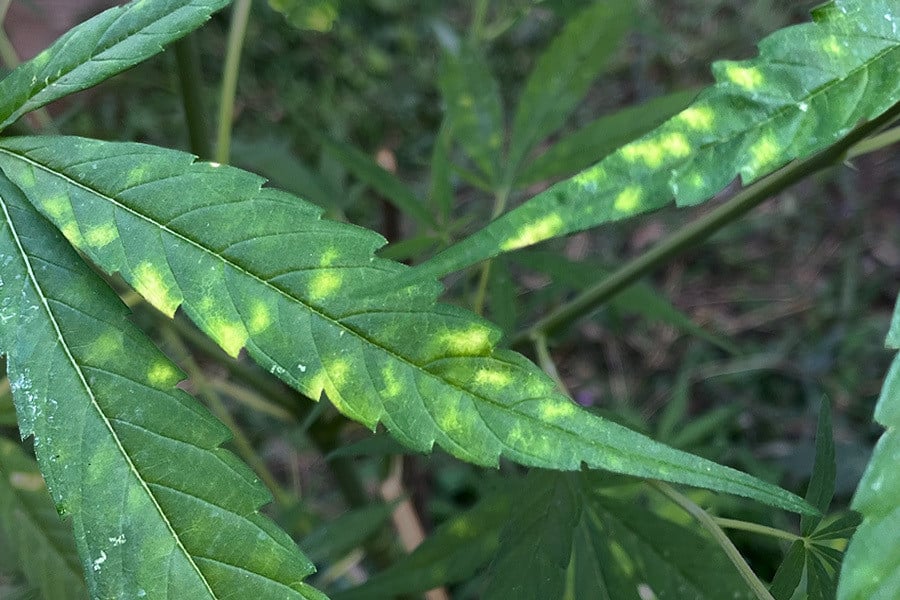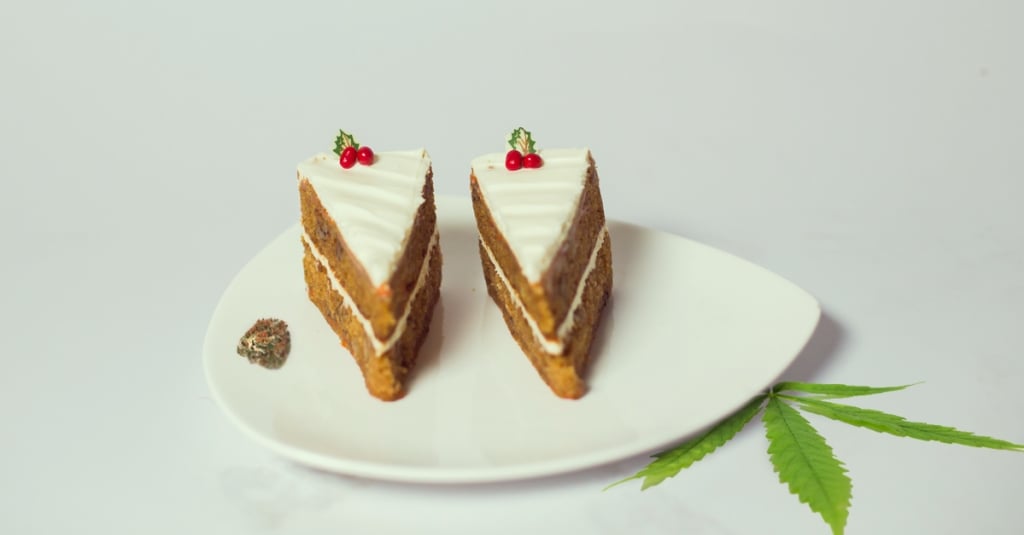.
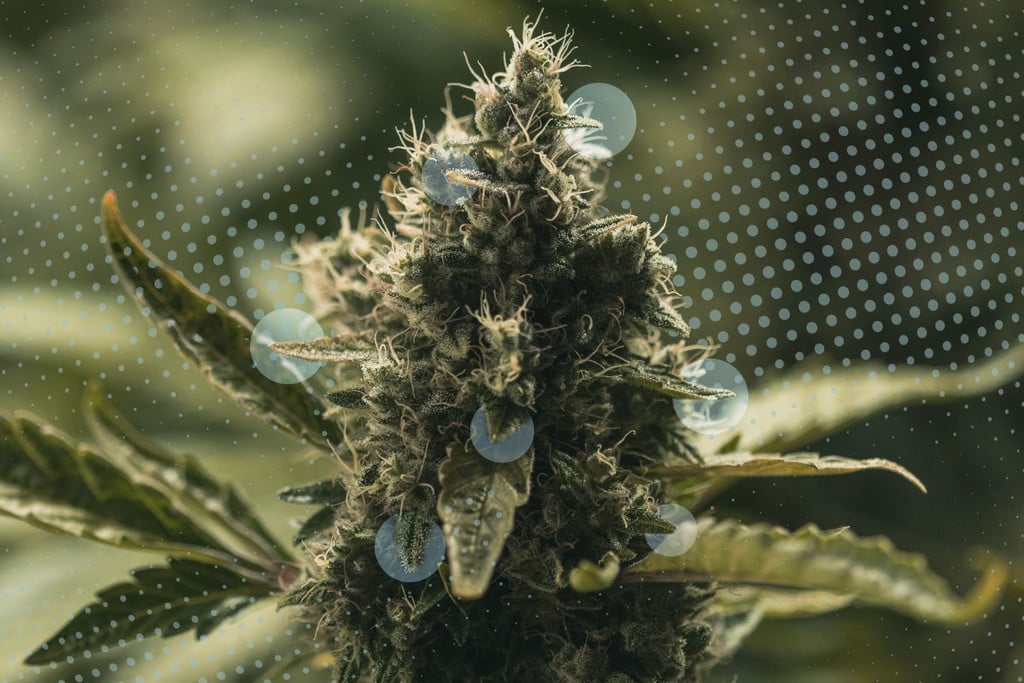
Cannabis Sugar Leaves: What Are They & How to Use Them
Cannabis sugar leaves can be used for all sorts of purposes, most of which can get you high! Along with the buds, sugar leaves are the only part of the plant that produces trichomes in abundance, so they're certainly worth holding onto. Here's how to use them.
There are many parts to a cannabis plant’s anatomy. In this article, we’ll be talking about sugar leaves—the little, frosted-looking leaves that grow out of the buds on weed plants.
Sometimes overlooked, sugar leaves are far from a waste product. They can be used to make all manner of cannabis products, such as canna-oil, cannabutter, cannabis tinctures, cannabis tea, topicals, and more. What’s more, unlike fan leaves, sugar leaves also feature relatively high levels of cannabinoids and terpenes—so, whatever you do, don’t throw them away!
Contents:
What Exactly Are Cannabis Sugar Leaves?
Sugar leaves are a specific type of leaf that grows alongside the bud on a cannabis plant.
So, why are they called sugar leaves? They get their name from their appearance; indeed, these tiny leaves look as though they’re covered in a thick coating of sugar. These granules are in fact trichomes—the resin-filled glands that produce cannabinoids and terpenes. Though trichomes are most abundant on cannabis flowers, sugar leaves still feature comparably high levels compared to the large fan leaves and other non-flower parts of the plant.
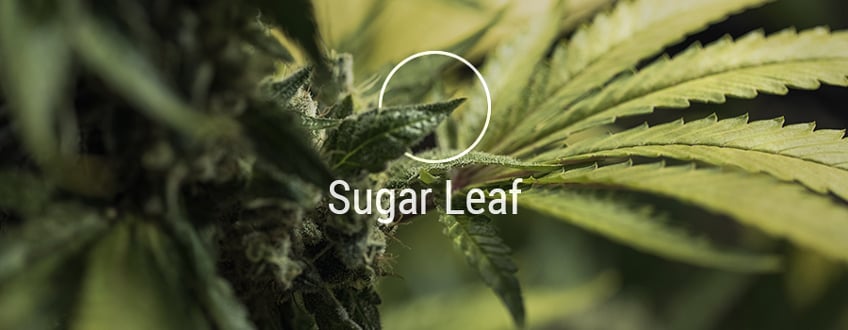
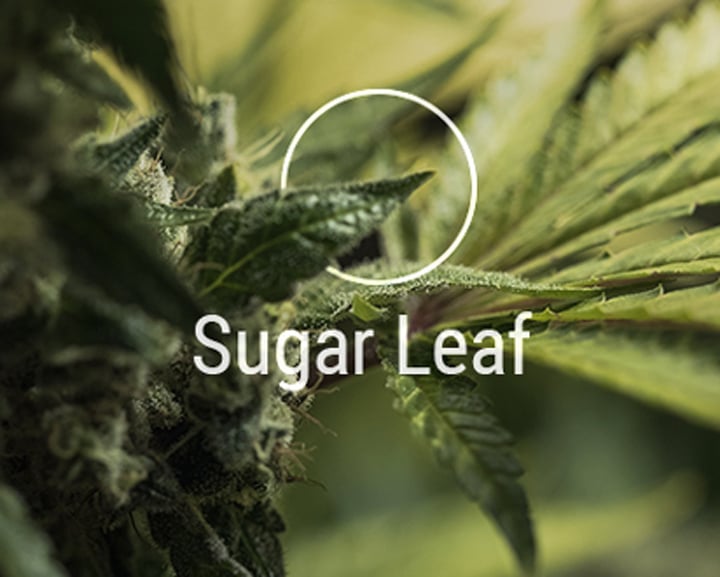
Although both fan leaves and sugar leaves can be used to make extracts, the latter are considerably more potent and flavourful.
Are Sugar Leaves Part of the Bud?
Yes, sugar leaves grow alongside the buds. Their purpose is to offer extra protection to the delicate flowers, which are essential to reproduction. Moreover, they help to give buds structure and stability.
The reason that cannabis plants produce trichomes and cannabinoids is not to get us high, but to protect themselves against a range of dangers, such as predators and UV exposure. Having trichome-covered leaves surrounding the flowers simply offers another layer of protection.
Using Sugar Leaves to Diagnose Cannabis Plant Problems
Sugar leaves can be a good indicator of the health status of your crop. Much like fan leaves, they can be used to ascertain information about a plant’s well-being. That said, as sugar leaves develop much later in the plant’s life cycle compared to fan leaves, they can only be used to diagnose plant problems during the flowering stage.
Note: It can be problematic to only take cues from the sugar leaves. If the fan leaves seem healthy, then it’s probably best not to make any drastic changes to your feeding or watering regimen, for example.
Why Are My Sugar Leaves Turning Yellow ?
Sugar leaves will begin to yellow and wilt a little near the end of a plant’s life, much like how fan leaves naturally die and drop off. So if you notice a yellow colouration near the end of your grow, it needn’t be a cause for concern.
Why Are My Sugar Leaves Turning Brown ?
Sometimes, sugar leaves may dry up, turn brown, and appear burnt.
There are two main reasons for this, although it’s worth doing more research before leaping to solve these issues, as taking signals from sugar leaves can be problematic.
That said, brown leaves can indicate nutrient burn—when a plant has been fed too much. They can also indicate a Ca/Mg deficiency. Nutrient burn and deficiencies can often look similar, so it’s always best to flush the growing medium and dial in the proper pH before feeding again.
If the sugar leaves are brown but the fan leaves seem healthy, it may just be a natural part of the growing process, especially if you’re nearing harvest. More disconcertingly, it could be a sign that your plants have bud rot, in which case you’ll need to remove the affected flowers, and potentially discard the entire plant.
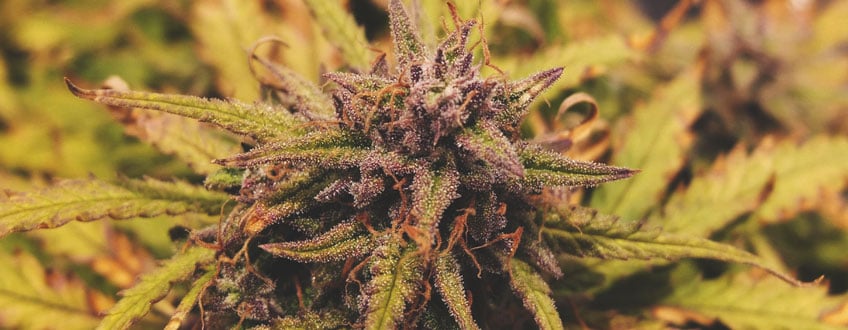
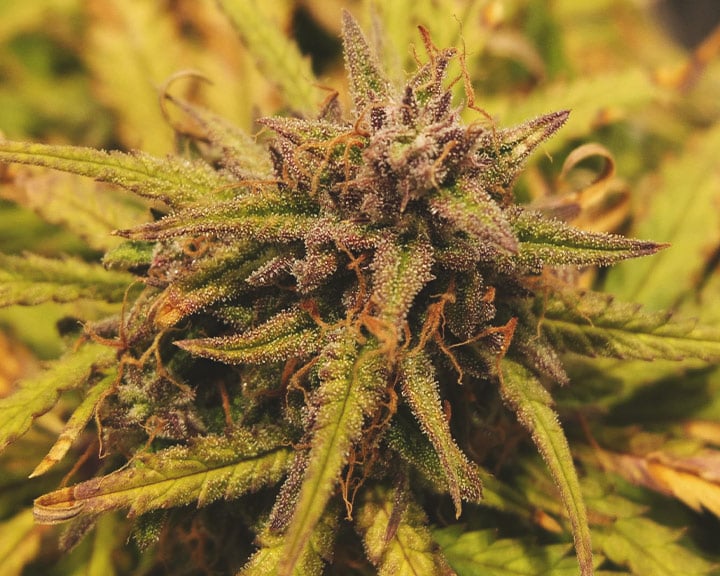
Are Sugar Leaves Good to Smoke?
Yes, sugar leaves can be smoked once they’re dry, but they will be harsh and relatively weak in potency compared to the buds. Moreover, they will be less flavourful.
So you can smoke them, but there are better ways to use them.
Use Your Sugar Leaves to Make Some Kief
As sugar leaves are covered in trichomes, you can make a good supply of kief from them. This is especially true if you have a big harvest with many sugar leaves. Kief is simply the collected trichomes with a very minimal amount of plant matter.
One of the easiest ways to make kief is to use a grinder with a kief collection chamber, or crystal catcher. Otherwise, if you have a lot of sugar leaves to process, you can build a DIY mesh screen and rub the leaves over a collection bin.
You can then smoke this kief as is, sprinkle it on top of some bud, or even press it into hash if you have enough.
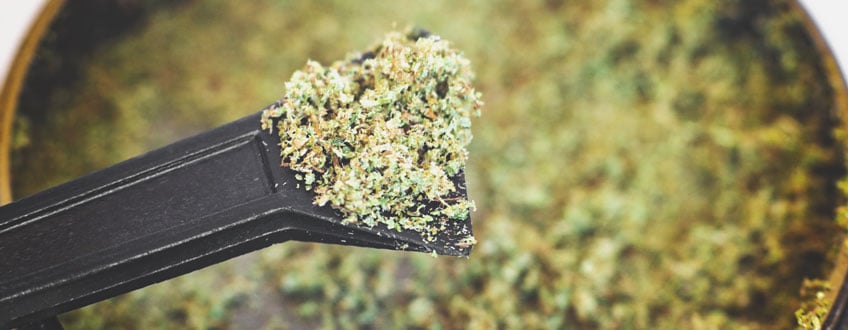
What Else Can You Do With Cannabis Sugar Leaves?
In fact, there’s a lot you can do with the sugar leaves after a cannabis harvest, so don’t discard them! Though they’re not as strong as the actual buds, they are by no means useless. In fact, it gives them a certain versatility and flexibility.
1. Brew Some Fresh Sugar Leaf Tea
First off, why not brew some sugar leaf tea? You could even make this as you’re harvesting, to accompany you during the process.
Simply add some leaves into a pot of hot (not boiling) water and let it steep for a few minutes before removing the leaves and drinking.
Though this tea will have a certain, weedy flavour, it won’t get you high. The THCA present in the trichomes of cannabis plants needs to be decarboxylated in order to become THC. This process happens by heating the plant matter.
So, to make a psychoactive sugar leaf tea, you’ll need to decarb your sugar leaves before you add them to water. To do so, place your leaves in the oven at 110°C for 30–45 minutes. After this, they’ll be pretty crispy, but should now be able to offer a notable effect. To help the cannabinoids bind to the brew, you must add some type of fat to your infusion, such as coconut oil or butter.
2. Make a Batch of Sugar Leaf Cannabutter
Alternatively, to truly capture their psychoactive power and store them for a longer time, why not turn sugar leaves into cannabutter or canna-oil? This can then be used to make a whole range of cannabis edibles.
To make cannabutter, you once again need to decarb your sugar leaves. From here, you’ll infuse them into a butter or oil base of your choice, which can then be refrigerated and used whenever you choose.
3. Create Sugar Leaf Tincture
You could also create your very own sugar leaf tincture. A tincture is distinct from an oil in that it uses glycerine or alcohol as a base.
Cannabis tincture offers an alternative to smoking. Simply add a few drops to a drink, or directly beneath your tongue, and you can experience the effects of cannabis without having to breathe combusted or vaporized materials into your lungs.
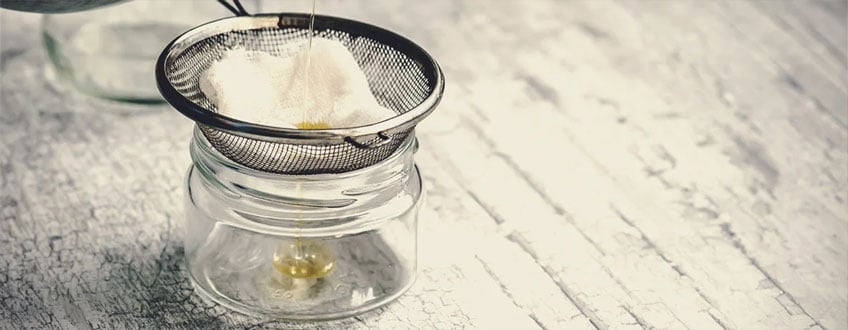
Below, we’ll run through some common questions surrounding cannabis sugar leaves.
🍃 Marijuana Sugar Leaves: FAQ
- Should I trim sugar leaves from buds?
- Once you’ve harvested the buds, trimming sugar leaves is an essential part of the post-harvest process. It helps to avoid mould and mildew buildup, makes buds look “professional”, and makes for greater potency by weight.
- Should I trim sugar leaves during flowering?
- It’s probably best not to. Avoiding damage to sugar leaves and buds is always best during growing.
- When do sugar leaves appear?
- Sugar leaves will appear as the buds develop. The flowers might grow for a week or so before the sugar leaves become visible, but this can vary from strain to strain.
Don’t Let Your Cannabis Sugar Leaves Go to Waste
As mentioned, sugar leaves are not a waste product. Whether you collect the trichomes and make kief or create a batch of potent cannabutter, there is plenty you can do with them.
In fact, sugar leaves offer a great way to diversify your cannabis consumption, and allow you to utilise more parts of this incredible plant.


























